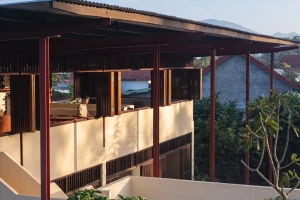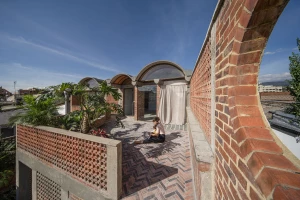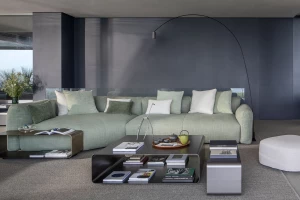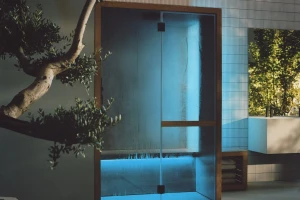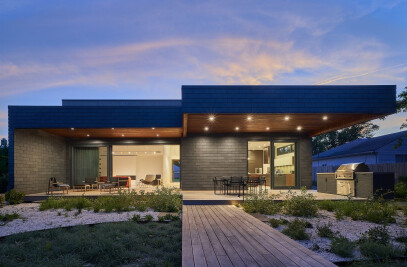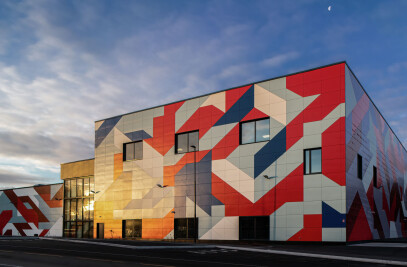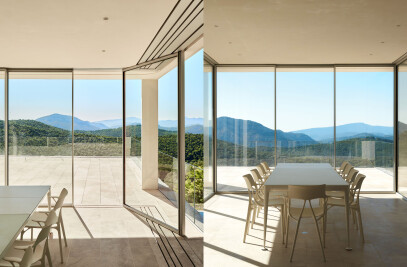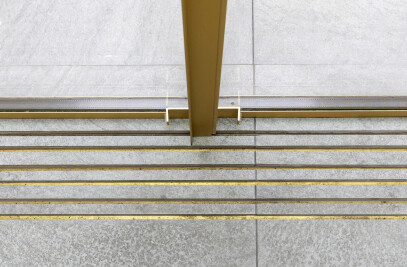North of Copenhagen in Charlottenlund, Denmark, the Ordrupgaard Museum houses a comprehensive collection of French and Danish art from the 19th and early 20th-century. The original museum building is a three-winged, neoclassical style mansion dating back to World War I.

In 2005, a modern 1,150m2 black and lava concrete extension designed by Zaha Hadid was added. Largely subterranean and partly excavated from the landscape, Snøhetta’s latest addition of a new extension and landscape offers additional exhibition space while forming a critical link between Hadid’s extension for special exhibitions and the museum’s original building and permanent collection.

Taking on the exterior appearance of a landscape intervention embedded into the earth, the Snøhetta extension includes five new, subterranean exhibition spaces that allow for intuitive and circular movement through the Ordrupgaard and out into the museum’s lush gardens. Two of these new exhibition spaces are a continuation of Hadid’s exhibition spaces, while the other three are specially dedicated to the museum’s permanent collection of French impressionistic paintings.

The largest of Snøhetta’s new exhibition spaces is contained with a monolithic, steel-clad structure that emerges from the landscape above. Cut in a wide range of different facets and polished in different directions, the embedded structure creates shifting impressions as sunlight changes during the days and seasons. Called ‘Himmelhaven,’ or ‘Heaven’s Garden’, this exterior volume draws influence from the impressionistic art itself, and the movement’s efforts to capture light and its changing qualities, as immortalized on the canvases of world-renowned artists such as Manet, Monet, Degas and Renoir.

Himmelhaven is further characterized by a diagonal cut through its volume that leads visitors via a natural stone bridge to the main entry of Hadid’s extension. The structure also includes a half-sunken mini-atrium with integrated lighting and seating where visitors take in the carefully preserved English style park landscape that surrounds.

Contrasting with the reflective steel exterior that is partially visible from the outside, the inside of the exhibition spaces creates a sense of softness and comfort, echoing almost the design of a classic vintage jewellery box, with its hard, metallic exterior and soft, velvety lining on the inside.

The new exhibition spaces, in contrast to the dark concrete and material palette of Hadid’s design, are much lighter in their colour and material concept. Designed in close collaboration with the museum, spaces are finished with oak floors, walls, and ceilings. Gypsum boards are mounted on the walls to allow the museum to easily curate art pieces and change the colour palette of each exhibition room as desired.
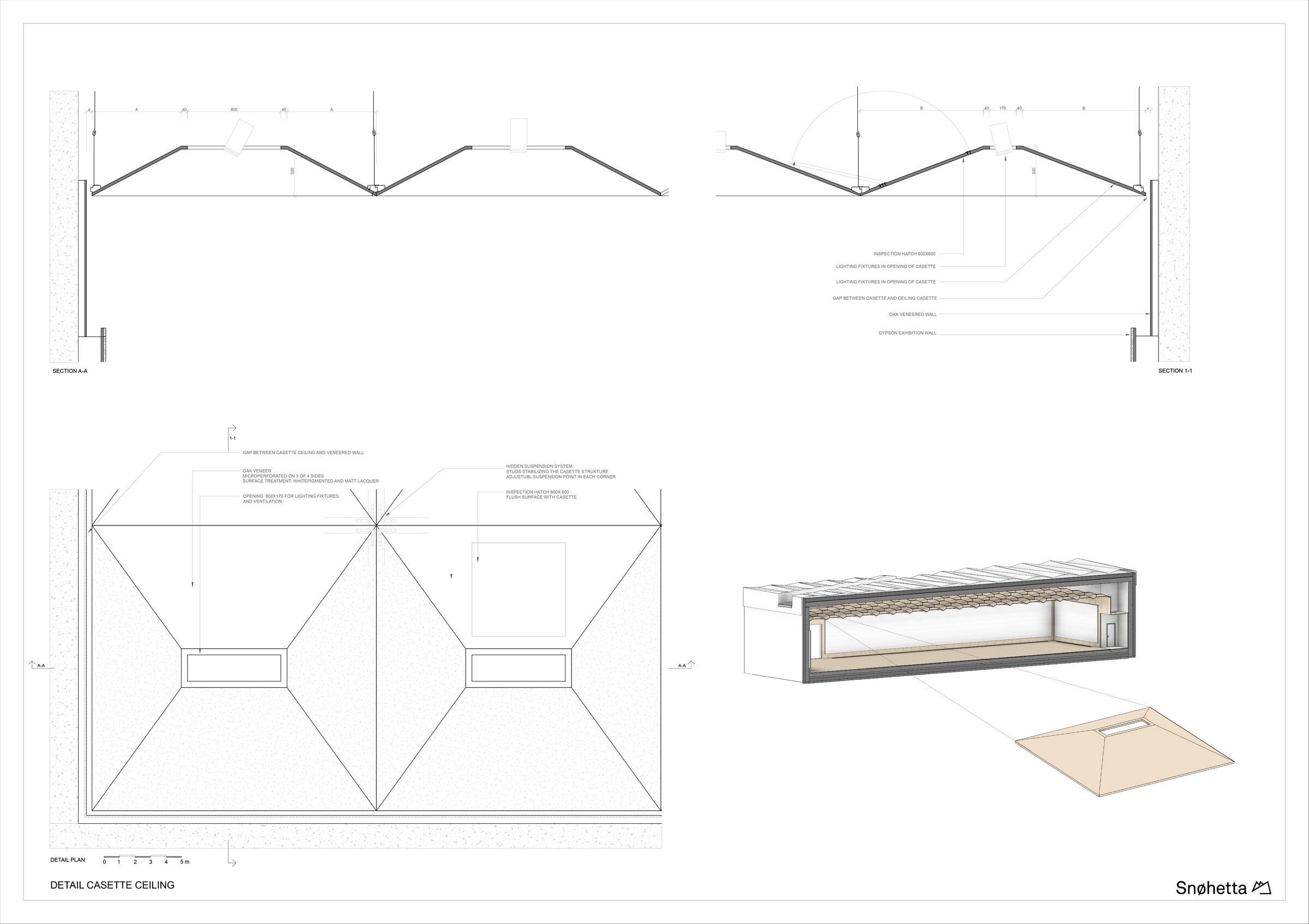
The exhibition ceilings are finished with oak veneer cassettes that include carefully integrated light installations, providing a seamless and harmonious design placing art pieces at the centre of the design.

Though the extension is largely underground, Snøhetta has accommodated for natural daylight to penetrate the building. Forming a clear transition from one building to the other and emphasizing the individual nature and design of each part of the museum, slots of daylight from above enter the new building as visitors leave the exhibition spaces directly linked to the 2005 extension, as well as at the junction with the original museum and winter garden.

Subdued yet powerful, this latest addition respectfully blends with its surrounding context while adding its own architectural experience of space and linking together elements for an enhanced museum experience.












